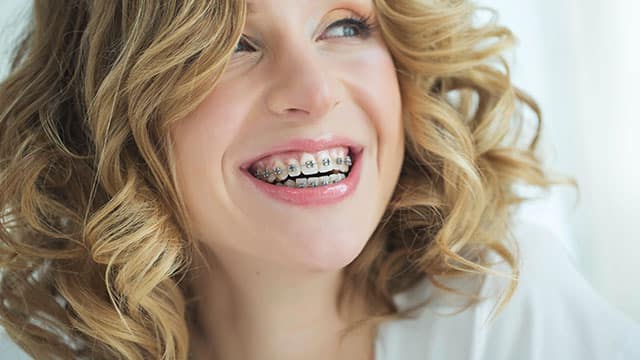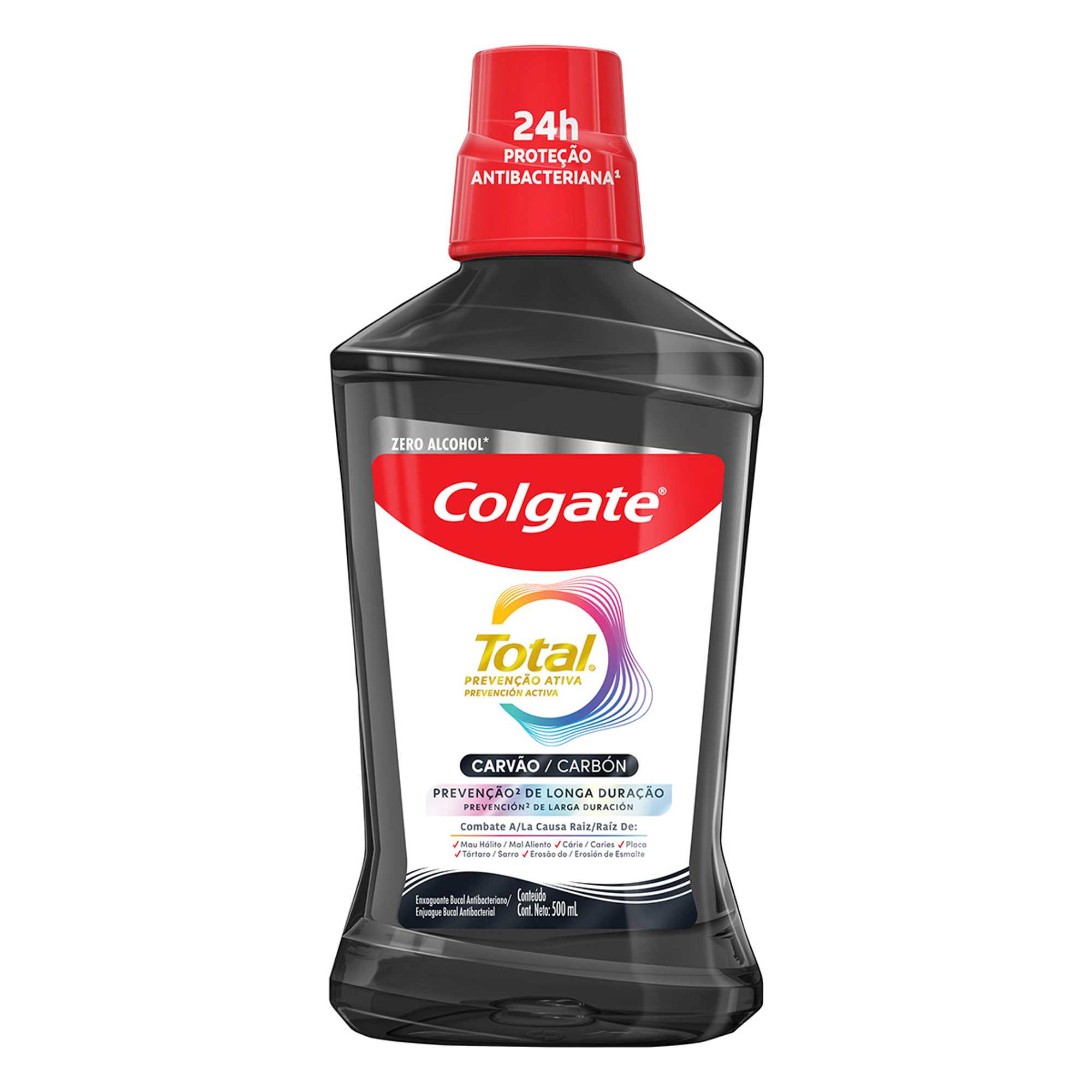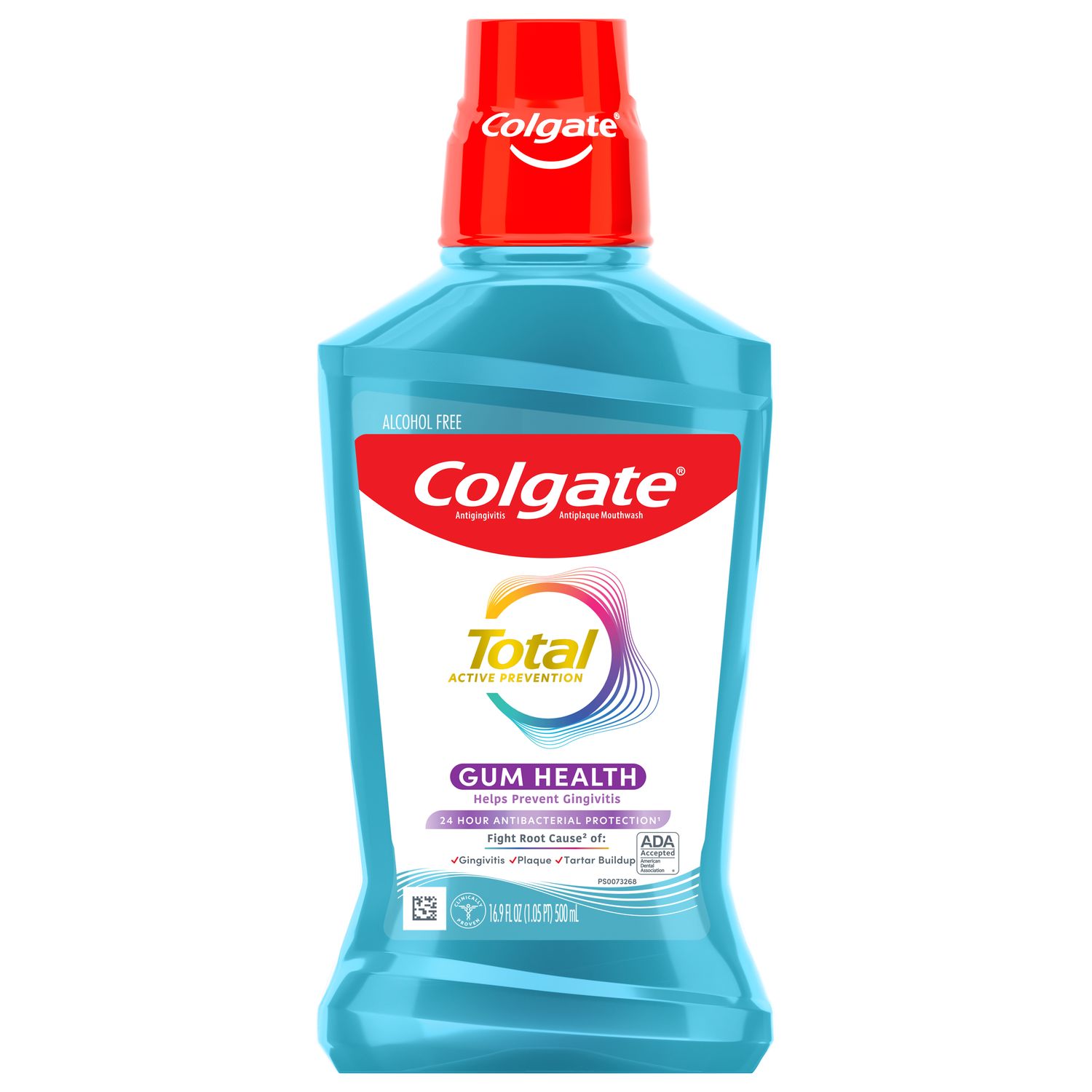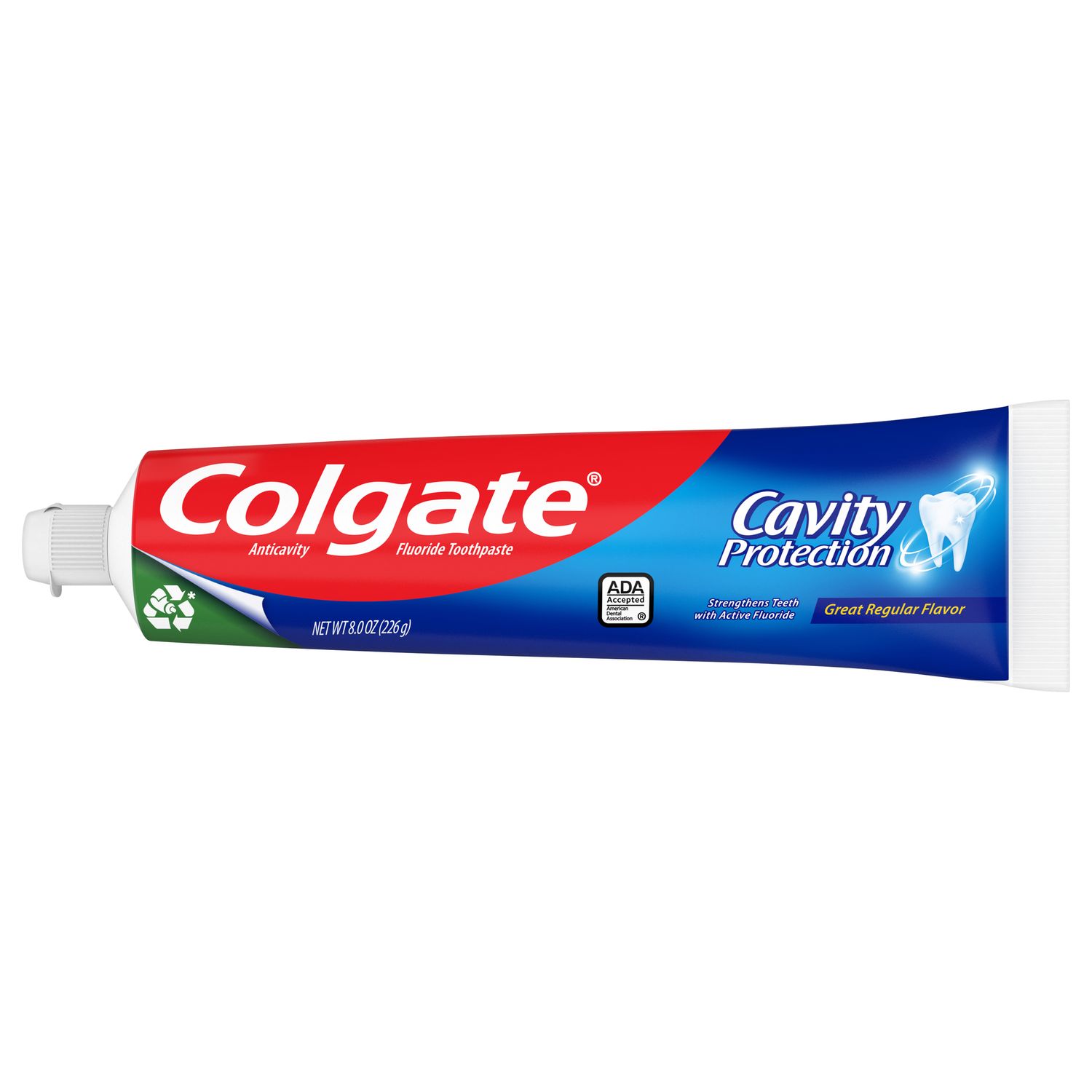1. Damage to the Retainer
Like any other dental appliance, a permanent retainer can get damaged. Biting into hard foods, injuries to the mouth, or simple wear and tear can cause wires to break or teeth to become unbounded from the device. You might not realize that the retainer has detached until one or more teeth begin to move out of position. Regular checkups are crucial to ensure that the retainer is in good condition. If not, your dentist or orthodontist may recommend removing the permanent retainer and installing a new one.
2. Buildup of Calculus on Teeth
The retainer wires attach to the back of your teeth with a form of cement, and calculus — also called tartar — can build up around those wires. Plaque, bacteria, and tartar buildup can cause damage to your teeth and gums. You'll need to maintain good oral hygiene and keep preventive care appointments while wearing a permanent retainer to prevent this problem.
3. Finishing Your Treatment
Eventually, your orthodontist will say you have worn your retainer enough time to ensure long-term results. Some patients may wear the device for many years. But your dental professional may advise removing the permanent retainer and replacing it with a removable retainer to wear at night.
4. Pain in Your Mouth
Your retainer's purpose is to ensure that your teeth don't continue to move or shift back into their original positions. If your orthodontic treatment has been successful, you shouldn't experience much residual movement that produces discomfort. However, if the pain continues, your orthodontist may prescribe other options.
The most important thing about removing your permanent retainer is that only an orthodontic professional should remove it to avoid damage to your teeth or the rest of your mouth. Your oral care professional will remove the bonding cement with a dental drill, ease the retainer away from your teeth, and clean and polish the teeth' surface.
Keep continual contact with your orthodontist and dentist and report any discomfort. With regular checkups, your dental professionals can prescribe the best treatment for your oral health, including removing your retainer when it's time.
This article is intended to promote understanding of and knowledge about general oral health topics. It is not intended to be a substitute for professional advice, diagnosis or treatment. Always seek the advice of your dentist or other qualified healthcare provider with any questions you may have regarding a medical condition or treatment.
ORAL HEALTH QUIZ
What's behind your smile?
Take our Oral Health assessment to get the most from your oral care routine
ORAL HEALTH QUIZ
What's behind your smile?
Take our Oral Health assessment to get the most from your oral care routine














